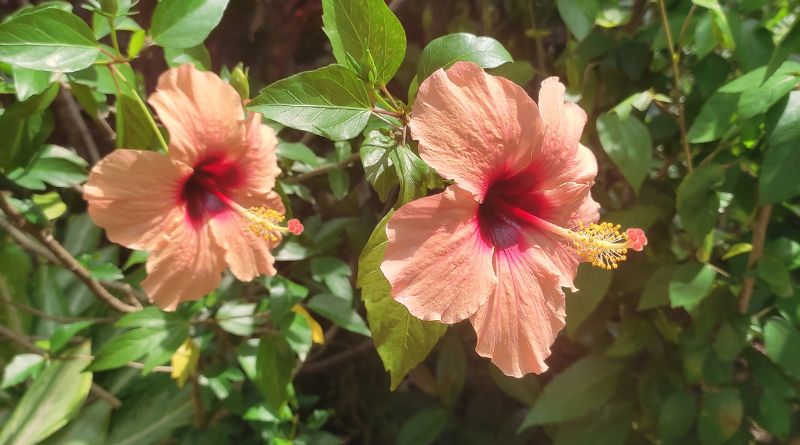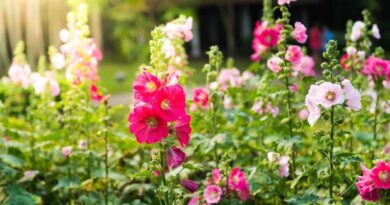Hibiscus plants are renowned for their stunning flowers and lush foliage. Pruning is an essential part of hibiscus care, promoting healthy growth, abundant blooms, and overall plant vigor. Whether you’re a seasoned gardener or a novice enthusiast, mastering the art of pruning can significantly enhance the beauty of your hibiscus plants. Here are nine indispensable tips to help you prune your hibiscus effectively.
1. Understand the Basics of Hibiscus Pruning
Before diving into pruning, it’s crucial to understand the basic principles. Hibiscus plants can be pruned to shape, encourage branching, remove dead or diseased growth, and promote flowering. Knowing when and how to prune will ensure optimal results without harming the plant.
2. Timing is Key
The timing of pruning plays a vital role in the health and flowering of hibiscus plants. The best time to prune is in late winter or early spring, just before new growth emerges. This allows the plant to recover and prepare for the upcoming growing season. Avoid pruning in late fall or early winter, as it may stimulate new growth susceptible to frost damage.
3. Use the Right Tools
Invest in high-quality pruning tools to ensure clean cuts and minimize damage to the plant. Sharp bypass pruners are ideal for cutting hibiscus stems up to half an inch in diameter, while loppers may be necessary for thicker branches. Always sanitize your tools before and after use to prevent the spread of diseases.
4. Remove Dead or Diseased Growth
Regularly inspect your hibiscus plants for dead, damaged, or diseased branches. Promptly remove any affected growth using sterilized pruning tools to prevent the spread of pathogens. Make clean cuts just above a healthy bud or lateral branch to encourage new growth.
5. Prune for Shape and Size
Pruning can help maintain the desired shape and size of your hibiscus plants. Whether you prefer a compact bush or a more open form, selective pruning can achieve the desired aesthetic while promoting airflow and sunlight penetration. Remember to step back periodically to assess the plant’s overall shape and make adjustments as needed.
6. Encourage Branching
Encourage branching by selectively pruning the tips of young hibiscus stems. This stimulates the growth of lateral shoots, resulting in a fuller, more robust plant. Focus on removing the top one-third of each stem to promote branching without sacrificing too much growth.
7. Don’t Overprune
While pruning is beneficial, overpruning can stress the plant and inhibit flowering. Avoid removing more than one-third of the plant’s total growth during any pruning session. Instead, spread out pruning tasks over multiple sessions to minimize stress and allow the plant to recover.
8. Deadhead Spent Flowers
Regular deadheading encourages continuous blooming and prevents the formation of seed pods, which can divert energy away from flower production. Remove spent flowers by pinching them off just below the base of the bloom. This simple task can prolong the flowering season and keep your hibiscus plants looking their best.
9. Monitor Growth and Adjust Pruning Strategy
Finally, closely monitor the growth and flowering patterns of your hibiscus plants throughout the growing season. Adjust your pruning strategy as needed to maintain the desired shape, size, and flowering abundance. Regular observation and proactive pruning will ensure healthy, vibrant hibiscus plants year after year.
In conclusion, mastering the art of pruning is essential for the health and beauty of hibiscus plants. By understanding the basics, timing your pruning correctly, using the right tools, and following these nine tips, you can effectively prune your hibiscus plants to promote growth, flowering, and overall vitality. Happy pruning!







